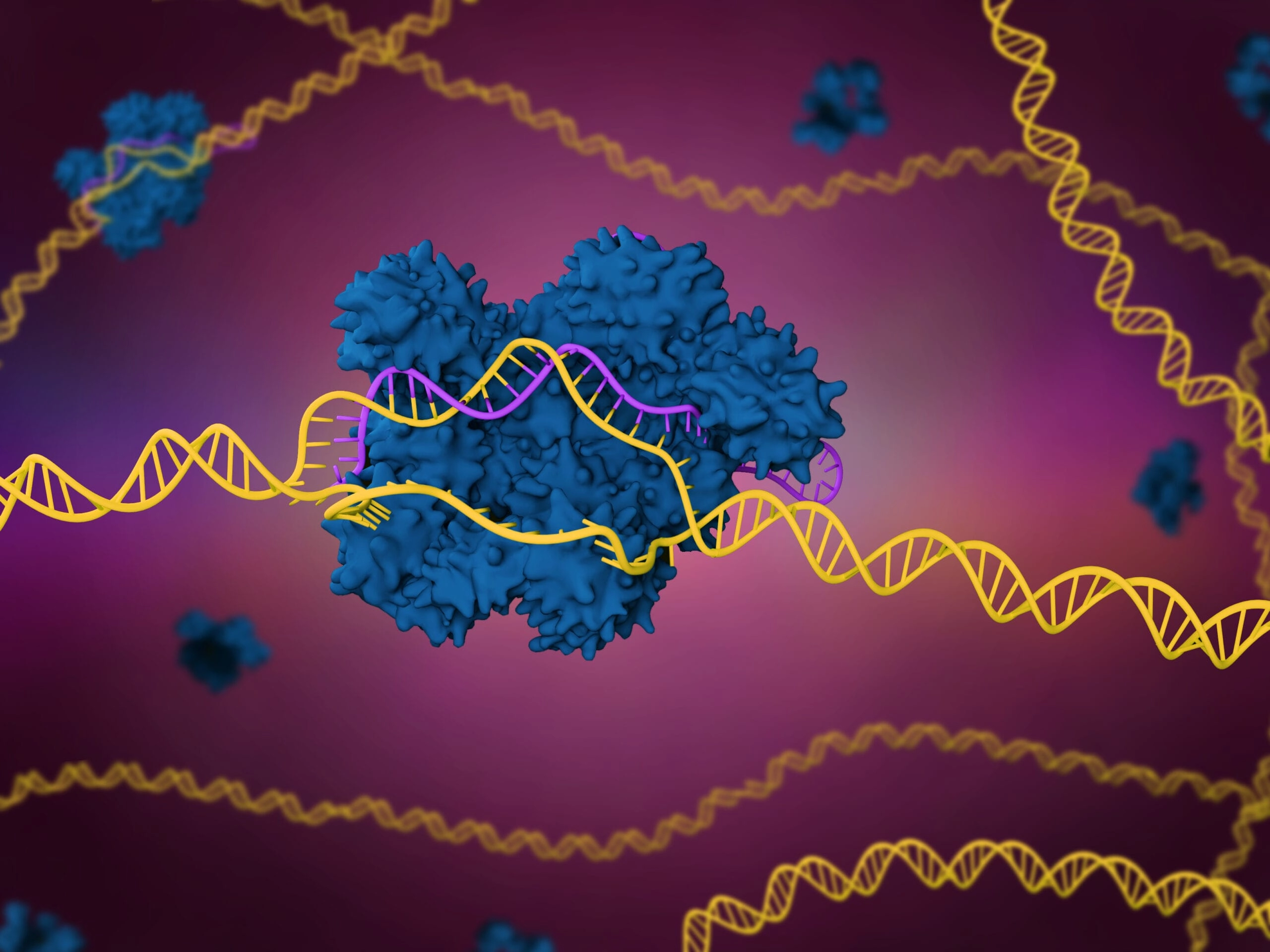Filters
Host (770496)
Bovine (1090)Canine (20)Cat (408)Chicken (1642)Cod (2)Cow (333)Crab (15)Dog (524)Dolphin (2)Duck (13)E Coli (239129)Equine (7)Feline (1864)Ferret (306)Fish (125)Frog (55)Goat (36847)Guinea Pig (752)Hamster (1376)Horse (903)Insect (2053)Mammalian (512)Mice (6)Monkey (622)Mouse (96368)Pig (197)Porcine (70)Rabbit (360492)Rat (11713)Ray (55)Salamander (4)Salmon (15)Shark (3)Sheep (4247)Snake (4)Swine (301)Turkey (57)Whale (3)Yeast (5339)Zebrafish (3022)Isotype (157344)
IgA (13692)IgA1 (946)IgA2 (319)IgD (1964)IgE (5655)IgG (87525)IgG1 (16752)IgG2 (1330)IgG3 (2729)IgG4 (1697)IgM (22200)IgY (2535)Label (239729)
AF488 (2465)AF594 (662)AF647 (2324)ALEXA (11546)ALEXA FLUOR 350 (255)ALEXA FLUOR 405 (260)ALEXA FLUOR 488 (672)ALEXA FLUOR 532 (260)ALEXA FLUOR 555 (274)ALEXA FLUOR 568 (253)ALEXA FLUOR 594 (299)ALEXA FLUOR 633 (262)ALEXA FLUOR 647 (607)ALEXA FLUOR 660 (252)ALEXA FLUOR 680 (422)ALEXA FLUOR 700 (2)ALEXA FLUOR 750 (414)ALEXA FLUOR 790 (215)Alkaline Phosphatase (825)Allophycocyanin (32)ALP (387)AMCA (80)AP (1160)APC (15226)APC C750 (13)Apc Cy7 (1248)ATTO 390 (3)ATTO 488 (6)ATTO 550 (1)ATTO 594 (5)ATTO 647N (4)AVI (53)Beads (235)Beta Gal (2)BgG (1)BIMA (6)Biotin (27817)Biotinylated (1810)Blue (708)BSA (878)BTG (46)C Terminal (688)CF Blue (19)Colloidal (22)Conjugated (29282)Cy (163)Cy3 (390)Cy5 (2041)Cy5 5 (2469)Cy5 PE (1)Cy7 (3638)Dual (170)DY549 (3)DY649 (3)Dye (1)DyLight (1430)DyLight 405 (7)DyLight 488 (216)DyLight 549 (17)DyLight 594 (84)DyLight 649 (3)DyLight 650 (35)DyLight 680 (17)DyLight 800 (21)Fam (13)Fc Tag (8)FITC (30173)Flag (208)Fluorescent (146)GFP (581)GFP Tag (180)Glucose Oxidase (59)Gold (511)Green (580)GST (723)GST Tag (327)HA Tag (440)His (634)His Tag (507)Horseradish (550)HRP (12994)HSA (249)iFluor (16571)Isoform b (31)KLH (88)Luciferase (105)Magnetic (260)MBP (344)MBP Tag (93)Myc Tag (410)OC 515 (1)Orange (78)OVA (104)Pacific Blue (213)Particle (64)PE (33621)PerCP (8438)Peroxidase (1379)POD (11)Poly Hrp (94)Poly Hrp40 (13)Poly Hrp80 (3)Puro (32)Red (2440)RFP Tag (63)Rhodamine (607)RPE (910)S Tag (194)SCF (184)SPRD (351)Streptavidin (55)SureLight (77)T7 Tag (97)Tag (4812)Texas (1249)Texas Red (1231)Triple (10)TRITC (1401)TRX tag (90)Unconjugated (2110)Unlabeled (218)Yellow (84)Pathogen (489830)
Adenovirus (8688)AIV (317)Bordetella (25038)Borrelia (18284)Candida (17818)Chikungunya (639)Chlamydia (17666)CMV (121402)Coronavirus (5949)Coxsackie (859)Dengue (2872)EBV (1512)Echovirus (215)Enterovirus (677)Hantavirus (259)HAV (910)HBV (2098)HHV (876)HIV (7887)hMPV (302)HSV (2359)HTLV (635)Influenza (22155)Isolate (1208)KSHV (396)Lentivirus (3755)Lineage (3025)Lysate (127759)Marek (94)Measles (1169)Parainfluenza (1692)Poliovirus (3033)Poxvirus (81)Rabies (1530)Reovirus (536)Retrovirus (1069)Rhinovirus (511)Rotavirus (5358)RSV (1786)Rubella (1072)SIV (279)Strain (67791)Vaccinia (7233)VZV (667)WNV (369)Species (2990115)
Alligator (10)Bovine (159823)Canine (120805)Cat (13123)Chicken (113994)Cod (1)Cow (2031)Dog (12763)Dolphin (21)Duck (9606)Equine (2012)Feline (1019)Ferret (259)Fish (12882)Frog (1)Goat (90541)Guinea Pig (87960)Hamster (36960)Horse (41296)Human (958376)Insect (653)Lemur (119)Lizard (24)Monkey (110994)Mouse (472023)Pig (26242)Porcine (131969)Rabbit (127889)Rat (349302)Ray (443)Salmon (348)Seal (8)Shark (29)Sheep (105155)Snake (12)Swine (519)Toad (4)Turkey (244)Turtle (75)Whale (45)Zebrafish (535)Technique (5596584)
Activation (170412)Activity (10796)Affinity (44634)Agarose (2604)Aggregation (199)Antigen (135470)Apoptosis (27407)Array (2022)Blocking (71768)Blood (8531)Blot (10966)ChiP (814)Chromatin (6286)Colorimetric (9907)Control (80085)Culture (3219)Cytometry (5475)Depletion (56)DNA (172531)Dot (233)EIA (1039)Electron (6275)Electrophoresis (254)Elispot (1294)Enzymes (52765)Exosome (4280)Extract (1090)Fab (2230)FACS (43)FC (81018)Flow (6662)Fluorometric (1407)Formalin (97)Frozen (2671)Functional (708)Gel (2480)HTS (136)IF (12906)IHC (16566)Immunoassay (1589)Immunofluorescence (4119)Immunohistochemistry (72)Immunoprecipitation (68)intracellular (5602)IP (2856)iPSC (259)Isotype (8804)Lateral (1587)Lenti (319416)Light (37315)Microarray (47)MicroRNA (4835)Microscopy (52)miRNA (88042)Monoclonal (524814)Multi (3844)Multiplex (302)Negative (4261)PAGE (2521)Panel (1633)Paraffin (2587)PBS (20266)PCR (9)Peptide (276281)PerCP (13759)Polyclonal (2752481)Positive (6336)Precipitation (61)Premix (130)Primers (3467)Probe (2630)Profile (229)Pure (7818)Purification (15)Purified (78237)Real Time (3042)Resin (2975)Reverse (2438)RIA (460)RNAi (17)Rox (1023)RT PCR (6608)Sample (2666)SDS (1524)Section (2895)Separation (86)Sequencing (122)Shift (22)siRNA (319447)Standard (42465)Sterile (10168)Strip (1863)Taq (2)Tip (1172)Tissue (42847)Tube (3306)Vitro (3577)Vivo (981)WB (2515)Western Blot (10683)Tissue (2017060)
Adenocarcinoma (1075)Adipose (3463)Adrenal (657)Adult (4883)Amniotic (65)Animal (2453)Aorta (436)Appendix (89)Array (2022)Ascites (4737)Bile Duct (20)Bladder (1675)Blood (8531)Bone (27367)Brain (31217)Breast (10918)Calvaria (28)Carcinoma (13497)cDNA (58548)Cell (413915)Cellular (9360)Cerebellum (700)Cervix (232)Child (1)Choroid (19)Colon (3911)Connective (3603)Contaminant (3)Control (80085)Cord (661)Corpus (148)Cortex (698)Dendritic (1849)Diseased (265)Donor (1360)Duct (861)Duodenum (643)Embryo (425)Embryonic (4586)Endometrium (466)Endothelium (1424)Epidermis (166)Epithelium (4224)Esophagus (716)Exosome (4280)Eye (2033)Female (475)Frozen (2671)Gallbladder (155)Genital (5)Gland (3437)Granulocyte (8990)Heart (6851)Hela (413)Hippocampus (325)Histiocytic (74)Ileum (201)Insect (4880)Intestine (1945)Isolate (1208)Jejunum (175)Kidney (8079)Langerhans (283)Leukemia (21574)Liver (17342)Lobe (835)Lung (6074)Lymph (1208)Lymphatic (639)lymphocyte (22589)Lymphoma (12792)Lysate (127759)Lysosome (2814)Macrophage (31832)Male (1617)Malignant (1467)Mammary (1987)Mantle (1042)Marrow (2210)Mastocytoma (3)Matched (11710)Medulla (156)Melanoma (15525)Membrane (105789)Metastatic (3575)Mitochondrial (160331)Muscle (37428)Myeloma (748)Myocardium (11)Nerve (6403)Neuronal (17035)Node (1206)Normal (9488)Omentum (10)Ovarian (2511)Ovary (1173)Pair (47185)Pancreas (2843)Panel (1633)Penis (64)Peripheral (1912)Pharynx (122)Pituitary (5421)Placenta (4051)Prostate (9438)Proximal (318)Rectum (316)Region (202211)Retina (956)Salivary (3119)Sarcoma (6946)Section (2895)Serum (24918)Set (167650)Skeletal (13636)Skin (1882)Smooth (7575)Spinal (424)Spleen (2292)Stem (8901)Stomach (925)Stroma (49)Subcutaneous (47)Testis (15396)Thalamus (127)Thoracic (60)Throat (40)Thymus (2988)Thyroid (14153)Tongue (144)Total (10151)Trachea (227)Transformed (175)Tubule (48)Tumor (76992)Umbilical (208)Ureter (73)Urinary (2467)Uterine (303)Uterus (414)Restoring Uricase Expression with CRISPR for Gout Management
Hyperuricemia and gout are caused by elevated serum uric acid levels. Unlike most mammals, humans lack uricase (urate oxidase) due to an evolutionary gene loss ~15 million years ago. Researchers at Georgia State University have now applied CRISPR technology to reintroduce functional uricase into human liver cell models, opening new therapeutic avenues.
Genprice
Scientific Publications

Restoring Uricase Expression with CRISPR for Gout Management
The Scientific Basis
Uricase catalyzes the oxidation of uric acid into allantoin, a more soluble metabolite readily excreted by the kidney. In humans, inactivation mutations in the UOX gene render the enzyme nonfunctional, leaving uric acid metabolism dependent solely on renal excretion. This evolutionary loss increases susceptibility to gout, kidney stones, and metabolic syndrome.
Current therapies, such as pegylated recombinant uricase (Krystexxa®), require repeated infusions and often provoke immune reactions.
CRISPR Strategy
The research team employed homology-directed repair (HDR) and gene knock-in strategies to restore UOX activity in cultured hepatocytes.
Key components:
- Cas9 nuclease guided to the pseudogenized UOX locus.
- Donor DNA template encoding a functional uricase sequence derived from mammalian orthologs.
- Delivery vector based on nanoparticle-encapsulated CRISPR/Cas9 mRNA and donor template DNA.

Experimental Findings
In human liver spheroid cultures:
- Stable UOX expression was detected at both transcript and protein levels (qPCR and western blot).
- Enzymatic activity assays showed efficient conversion of uric acid to allantoin.
- Metabolic profiling revealed reduced intracellular fat accumulation under high-fructose conditions, highlighting potential benefits beyond gout therapy.
Advantages Over Current Drugs
Unlike enzyme replacement, endogenous expression provides continuous uricase activity and reduces immune sensitization risk. The approach also avoids the pharmacokinetic variability of protein therapies.
Next Steps in Development
Researchers are optimizing non-viral delivery systems for in vivo studies:
- Lipid nanoparticle (LNP) formulations targeting hepatocytes.
- Biodistribution assays using fluorescent reporters to validate liver-specific uptake.
- Murine hyperuricemia models to quantify serum urate reduction and assess long-term safety.
Broader Significance
This project illustrates the convergence of evolutionary biology and genome engineering. By reintroducing an ancestral gene function, CRISPR provides a means of reverse-engineering lost metabolic pathways for therapeutic benefit. Similar strategies could target other pseudogenes linked to human vulnerability.
Conclusion
CRISPR-mediated restoration of uricase represents a paradigm shift in gout research. Moving beyond symptomatic treatment, this approach addresses the evolutionary root cause of hyperuricemia, positioning gene editing as a durable and potentially curative therapeutic strategy.
